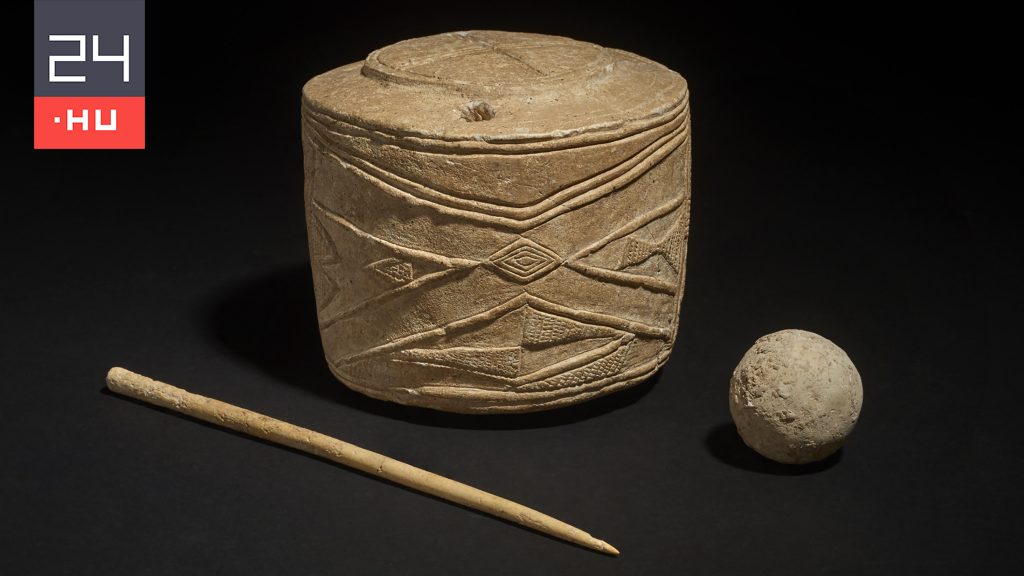According to the British Museum, one of the most important artistic discoveries in the UK over the past 100 years has been a 5,000-year-old limestone cylinder. IFLScience.
The object was discovered at Burton Agnes in 2015, but is now only shown for the first time in an exhibition on the world of Stonehenge. Although the site is 380 kilometers from Stonehenge, the drums and megaliths date from the same age, and the style of discovery is very reminiscent of objects found at Stonehenge.
The drum was most likely not a tool, but a talisman or a work of art. The discovery came from a tomb in which three children were buried with a bone needle and a stone ball, and children between the ages of 3 and 12 were hidden. Burials were rare in the British Isles during the Neolithic period, and bodies were usually cremated or left to nature.
Based on carbon isotope analysis of one of the bones, the tomb was made between 3005 and 2890 BC, making the cylinder the safest of its kind. Earlier, in the late 19th century, three similar finds had been made in Folcton, 24 miles from Burton Agnes. The new findings show that the drums date back to the early Stonehenge era.
Burton’s style of playing the Agnes drums is very similar to other contemporary finds in the British Isles. The body has been intricately carved and reveals that distant societies were also connected during the Neolithic period. According to the British Museum, the cylinder is one of the most beautiful objects made in that period.











































